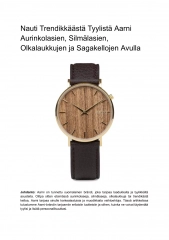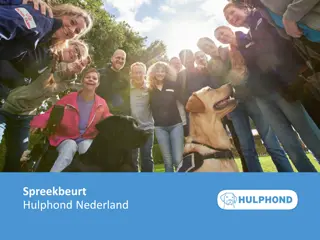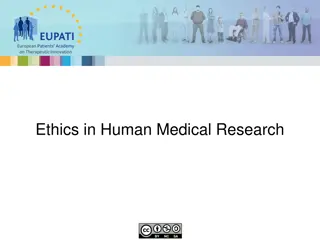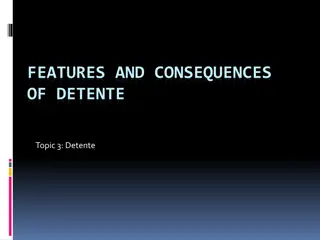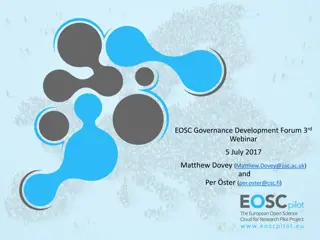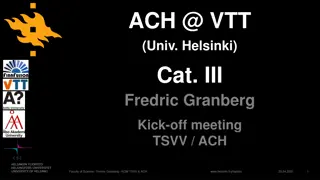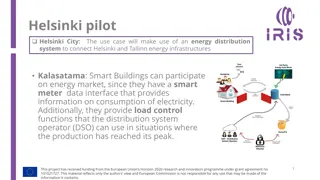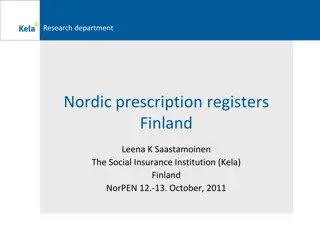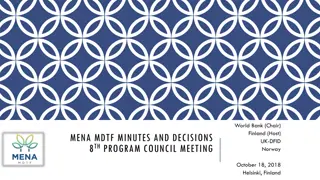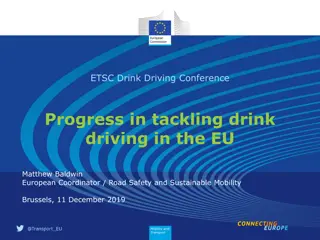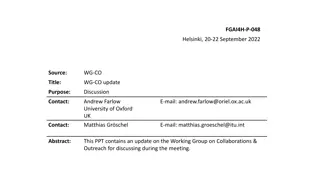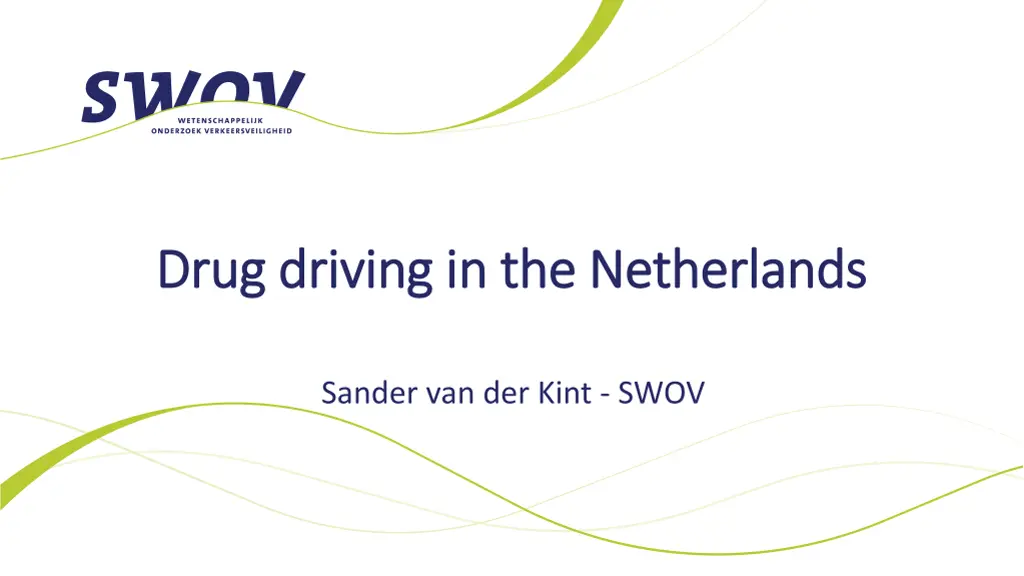
Insights on Drug Driving in the Netherlands
Discover the status of drug driving, prevalence rates, challenges in measurements, and an integral approach in the Netherlands. Learn about the data, research, and initiatives to address the issue for improved road safety.
Download Presentation

Please find below an Image/Link to download the presentation.
The content on the website is provided AS IS for your information and personal use only. It may not be sold, licensed, or shared on other websites without obtaining consent from the author. If you encounter any issues during the download, it is possible that the publisher has removed the file from their server.
You are allowed to download the files provided on this website for personal or commercial use, subject to the condition that they are used lawfully. All files are the property of their respective owners.
The content on the website is provided AS IS for your information and personal use only. It may not be sold, licensed, or shared on other websites without obtaining consent from the author.
E N D
Presentation Transcript
Drug driving in the Netherlands Drug driving in the Netherlands Sander van der Kint - SWOV
SWOV SWOV Data and analysis for policy Traffic behaviour Interaction with self-driving vehicles Infrastructure Mission: Use knowledge of scientific research to improve road safety All research is made public and available for the traffic professional
Status of drug Status of drug driving driving in in the the Netherlands Netherlands Road fatalities: unknown Severely injured: Due to privacy embedded in the Dutch constitution 2.5% of victims were under the influence of drugs, 3.3% under influence of both alcohol and drugs Information from medical emergency services following crashes (2021)
Drug Drug prevalence prevalence? ? Also Also ( (mostly mostly) ) unknown unknown Outdated numbers on prevalence (2011) 3.4% of car drivers were under the influence of drugs Questionnaire studies (2022) 1% or 4% of drivers indicated to have driven under the influence of drugs Pilot study (2021) 443 drivers randomly selected, 51 positive results, 26 were prosecuted (confirmed in blood) Recent police reports Drugs have overtaken alcohol
Why the lack of prevalence measurements? Why the lack of prevalence measurements? 1. Saliva screening 2. Transport of driver to medical facility 3. Blood sample collected by medical professional 4. Analysis at Netherlands Forensic Institute 5. Results sent to public prosecutor 6. Drivers gets a fine/prison/driver license taken and a course on drug driving Method of testing and prosecution Police capacity Time consuming 40% is rejected because the concentration of drugs is under the legal limit
Drug Drug driving driving in in the the Netherlands Netherlands A new approach was necessary We know very little about the problem General feeling that we are losing grip on the problem
Integral approach to driving under the influence Integral approach to driving under the influence of both drugs and alcohol of both drugs and alcohol Created by most stakeholders involved in driving under the influence -> finalized last year Aims to identify which action to undertake to reduce DUI Each pillar has problem owners All lead by ministry of Transport SWOV involved in the second and fourth pillar
Pillar Pillar 1: 1: Integral Integral policy approach policy approach Improve cooperation between different stakeholders by ministry of Transport Connect stakeholders Activate and facilitate stakeholders
Pillar Pillar 2: 2: Prevalence Prevalence and and research research Valid and trustworthy prevalence numbers SWOV: How to measure prevalence and how to reduce time for the police More knowledge on the risks of DUI Insight in specific subgroups of drivers who DUI Improve data collection and expand possibilities of data collection
Pillar Pillar 3: 3: Improve Improve communication communication and and education education Link driving under the influence to existing communication about and for substance users Develop specific communication strategies for different target groups
Pillar Pillar 4: 4: Improve Improve enforcement enforcement and and reduce reduce repeat repeat offenders offenders Increase the chance of being caught (both subjectively and objectively) SWOV: How to communicate police checks to improve this SWOV: What would zero tolerance mean for NL? SWOV: How can we improve detection of drug use in traffic? Improve exchange of information between administratie and criminal law Person-oriented approach to reduce rehabilitation and reduce repeat offenders.
Living Living document document Stakeholder meetings and focusgroups to identify chances: Idea? What is needed? Try to get funding
Results Results? ? No new policies on drug driving yet Re-introduction of the alcolock


